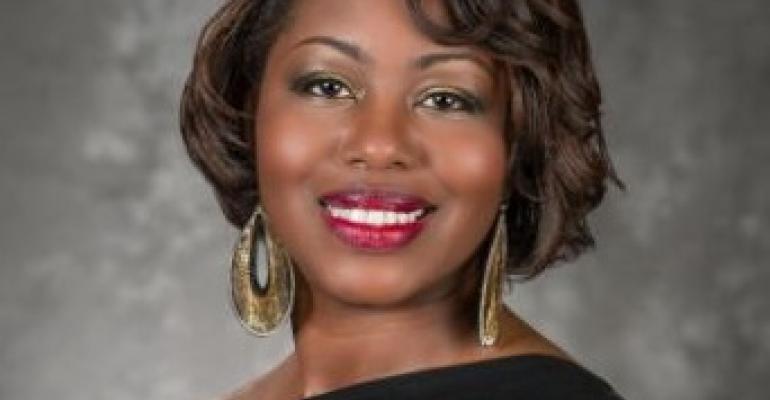The reaction of all the varied demographics of Americans—and the global community—to the 2016 presidential election cycle and beyond has ripped the proverbial fig leaf off the often taboo subject of identity. One needs not to look any further than Facebook and Twitter to find intense discussions about how people identify themselves and relate to the community around them. We are seeing a shift in how we engage with each other.
Targeted marketing has been a trend for at least 10 years. Experiential marketing that is targeted to the individual has also been a key focus for the past five years. Marketers have been very comfortable using categories such as generation, traditional gender, and career status to direct their messaging. However, they have been less comfortable with using ethnicity, religion, LGBTQ, race, socioeconomics, and intersectional identities.
Ignoring the existence of the latter does not negate their importance for how our stakeholders (whether individual attendee or chief executive of a major sponsor) choose to invest their time and fortune at our meetings, conferences, and exhibits. I predict that the this new era will include a stronger affirmation of the intersection of identity, and of event executives’ ability to successfully navigate this frontier.
This “Intentional Inclusion Era” will be manifested through how planners market, design education and event experiences, choose speakers and presenters, use technology, and choose locations. Event executives will increasingly keep a keen eye on all of their attendees’ identities. They also will evaluate how successfully an event communicates an inclusive/welcome environment for all of the attendee profiles they have created for their events.
Key considerations include:
1. Marketing—Do the visuals of the marketing signal a welcome environment for all of the identities represented by the attendee profiles? Or does the marketing communicate a strong push to a particular dominant group and just sprinkle in a few others to round out the visuals?
2. Design—Does the event experience design (particularly the gamification element) favor one set of cultural/ethnic/socioeconomic norms, or does it infuse a variety of intersections of cultural/ethnic/socioeconomic norms?
3. Set Up—Are there convenient areas to accommodate a variety of common needs? (i.e., nursing mothers, prayer/meditation space, quiet space to recharge, etc.)
4. Speakers—What do the choices of speakers/presenters communicate about how we are to normalize/reinforce which identities are empowered to embody intelligence, expertise, authority, insight, innovation, and success? And more importantly, which identities are not empowered to embody these attributes by their absence from the stage?
5. Location—Is the location a place where all of your attendee profile demographics will feel safe? How can you mitigate this perception in partnership with the destination if some of your attendee profiles are likely not to feel safe?
When walking through your event in the embodiment of each of your attendee profiles, which profiles will have an experience where they are affirmed as welcomed members of this event experience and community? And which profiles will have an experience where they are affirmed as “the other” among this community of welcomed event attendees?
I call this the "Intentional Inclusion Test." It is this final area that will illuminate which aspects of the event need to be updated to ensure that your event is intentionally inclusive to all of your attendee profiles.
Inclusiveness is not just a political topic. It’s filtered throughout everything that we do. As event professionals, it’s our job to bring people together. How will you be intentionally inclusive?
Tamela Blalock, MBA, CMP, DES, is senior director, membership services with the National Association of Wholesalers-Distributors, where she focuses on growing memberships to the Billion Dollar and Large Company C-Suite Roundtables, and increasing NAW member engagement through the Roundtable events. She has worked in several Washington-area institutions, including the Central Intelligence Agency, Washington Redskins, SmithBucklin/Courtesy Associates, and George Washington University. Blalock, a very engaged member of the Professional Convention Management Association, Meeting Professionals International, and the American Society of Association Executives, also is one of the five co-founders of the Association for Women in Events.





